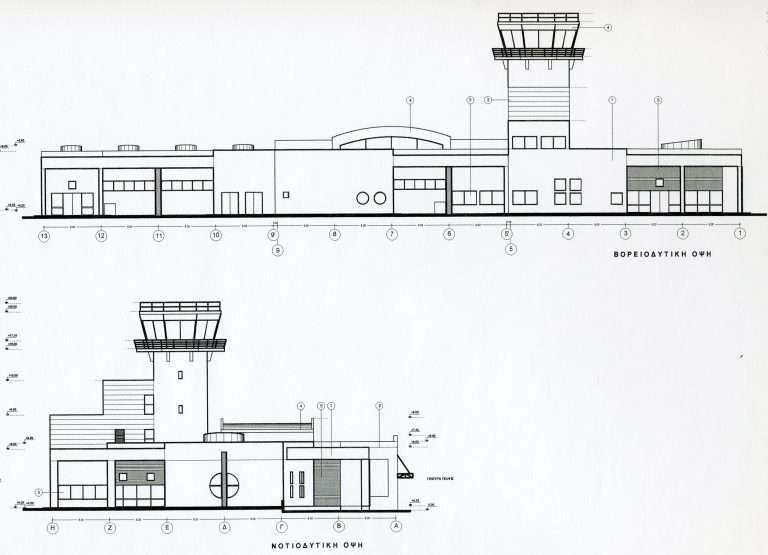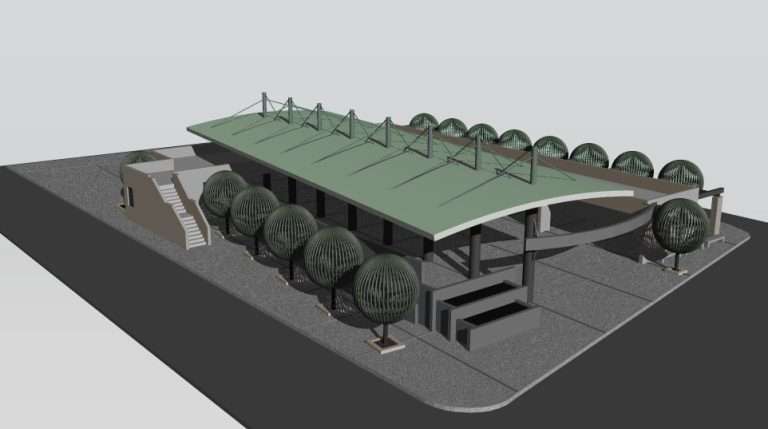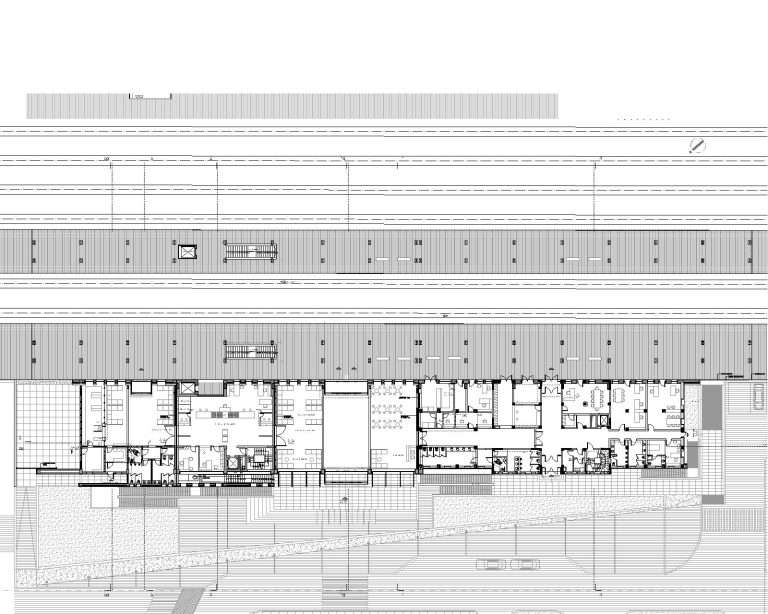The project involves the “Redesign of the existing building SILO and its surrounding area, into a Museum of Underwater Antiquities.” The existing building of SILO intents not only to tell its own story and use but also to house the underwater antiquities. The storage areas, where grains were stacked, will now become exhibition halls. The building will be converted into a cultural ark.
The museum’s permanent exhibition, will be organized around a well structured and flowing narration, which will allow the visitors to understand the main points of the exhibition and to ‘sink’ into the charm of the material. The exhibition narration
shall include a number of units which will form small or larger self-contained stories, with a total of 60 stories – units.
The presence of exhibits, the narrative experience with the 60 stories, SILOS and the port of Piraeus, but mostly the discovery of the buried treasure in the depths of the sea is the main point of inspiration for the composition. The feeling once the wreck’s salvage, rotted through the nets of the fisherman, is the background for the main idea. This is the 61st story, the story of the wreck’s salvage that the simple fisherman becomes the guardian of culture. The moment the wreck pops up broken and worn through torn nets, with leaking water.
Regarding the system of the storage cells, this varies depending on the covered thematic units. Through the six thematic units, the museum intents with the first five to narrate the timelessness and historicity of shipwrecks and exhibits, while
the sixth unit tells the story of the shell, hosting the exhibition. These two different units are integrated in the presentation of the overall exhibition. The first impression of the external form reflects the bipolarity of Museum. The external form’s composition focuses on the contrast of two elements: of the robust impregnable introvert volume of SILO- exhibition halls versus sociability and extroversion of the transparent glazing with metal cladding of copper (which refers to the material of the statues).
The surrounding area is integrated organically with the building, since this integration is achieved in both the ground level and at the level of the floor (with the path – ramp that penetrates the building). Finally, the future shape of the integration of the surroundings will bring the Museum together with the future Museum Square between the two old warehouses.



